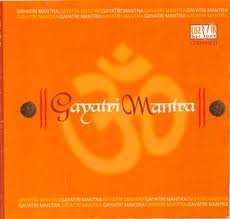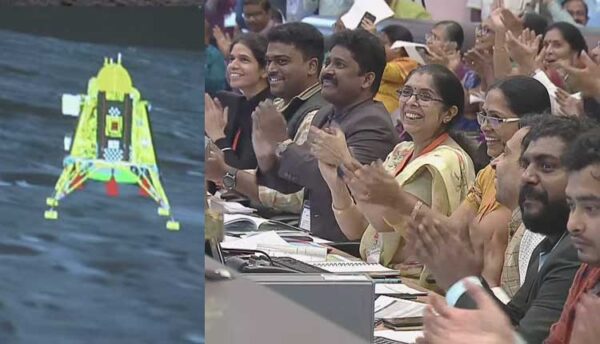WHAT IT IS Mantra meditation involves silently repeating a sound to help quieten the mind. Although there is no direct translation of the Sanskrit word mantra(the syllable man means “to think”), Richard Rosen, a Yoga Journal contributing editor, the author of many yoga books, and the director of Piedmont Yoga in Oakland, California, thinks of it as an “instrument of concentrated thought.”
A mantra can consist of a single letter, a word, or one or more full sentences. In the yoga tradition, Om is thought to be the “root mantra”from which all other Sanskrit mantras have emerged. Yoga philosophy suggests that all sound emanates from universal consciousness, or the divine source of the universe. A mantra can help lead you back to this source, which also happens to be within you. As Rosen says,“Chanting a mantra can remind us that the individual Self and the universal Self are in some way identical.”
In the traditional practice of mantra, the pronunciation of the sound is of utmost importance, and mantras were often held in secrecy, passed downfrom a teacher to an initiated student.“Traditional mantras have a particular energetic resonance that is conducive to concentrating the mind,” says Rosen. But, he adds, any word or sound that has meaning for you will do. “What really matters is the ability to stay focused on the sound of the mantra in order to bring the wild thoughts or emotions under control.
”The Power of Sound Mantra Meditation PRACTICE: THE UNSPOKEN MANTRA The Ajapa mantra, or “unspoken mantra,” presented here uses the sound of the breath as a point of focus. You can try this practice during seated meditation or any time you’d like to quieten your thoughts. “Your breath is with you all the time, so you can use it to calm yourself when you need to,” Rosen says. Sit quietly with your eyes closed and listen carefully to the sound of your natural breath.
Tune in to see if you can hear a hissing “sa” sound with each inhalation, and a breathy “ha” sound with each exhalation. Don’t be discouraged if you can’t hear the sounds rightaway—just pretend that you do, and eventually they will come. You can also mentally say the sounds in coordination with the breath. Spend a few minutes following these sounds. Eventually they will merge to become the mantra Soham (pronounced “so-hahm”).
This mantra, which we involuntarily utter with every breath we take from cradle to grave, means “This am I,” reminding us of our eternal identity with the soundless source. (It can also be interpreted as “I am it.”) The practice will naturally draw your awareness inward, slow the speed of your breathing, and help soothe the tumultuous fluctuations of your consciousness.
IDEAL FOR Auditory learners, or people who learn through hearing or speaking. If you connect easily to music or the sounds around you, or if you find it soothing to repeat sounds or phrases to yourself, mantra meditation might be a natural fit for you.









